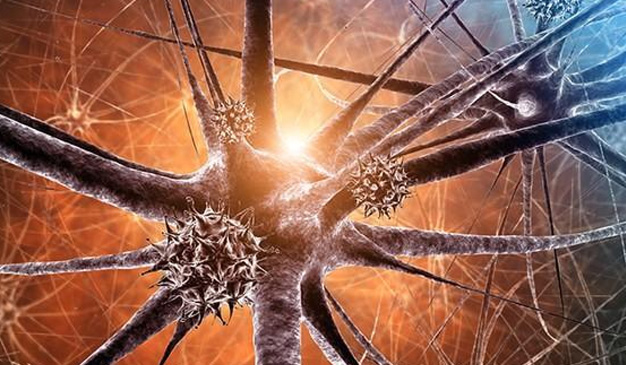
March 12, 2024
Cardia tumors are a rare but dangerous type of tumor that become more severe when they progress to the stage of liver metastasis. Understanding the symptoms of liver metastasis is crucial for early diagnosis and treatment.

1. Abdominal discomfort: The liver is an important organ located on the upper right side of the abdomen. When a cardia tumor spreads to the liver, the patient may feel abdominal discomfort, distension, or pressure.
2. Jaundice: Liver metastasis may cause obstruction of the bile duct, causing jaundice, which manifests as yellow staining of the skin, whites of the eyes, and mouth.
3. Weight loss and fatigue: Impaired liver function can lead to loss of appetite and weight loss, and patients may feel persistent fatigue and weakness.
4. Ascites: Decreased liver function may lead to fluid retention in the body, manifesting as abdominal swelling and ascites.
5. Nausea and Vomiting: Liver metastases may cause nausea and vomiting, especially after eating.
6. Back or shoulder pain: When a cardia tumor metastasizes to the liver, the patient may feel back or shoulder pain, which may be caused by nerve compression or liver enlargement.
7. Increased abnormal liver function indicators: Increases in liver function indicators such as alanine aminotransferase (ALT), aspartate aminotransferase (AST), and alkaline phosphatase (ALP) in blood tests may be one of the indicators of liver metastasis.
8. Increased body temperature: Liver metastasis may cause fever, which is the body's physiological response to fight infection.
The importance of early diagnosis:
Symptoms of liver metastasis from cardiac tumors may not be obvious in the early stages, but once they appear, they often indicate that the condition is quite serious. Therefore, early diagnosis is crucial to develop an effective treatment plan. Regular physical examinations, liver function tests, and imaging tests (such as CT scans, MRIs) are key to detecting problems early.
Liver metastasis from cardiac tumors is a serious and challenging disease. Understanding its symptoms can help with early detection and seeking appropriate medical intervention. At the same time, a healthy lifestyle, regular physical examinations and timely medical treatment are also crucial to reduce the risk of disease and improve the effectiveness of treatment.